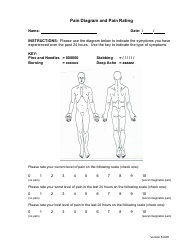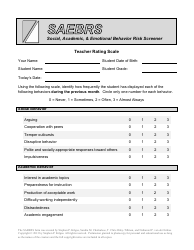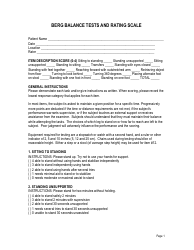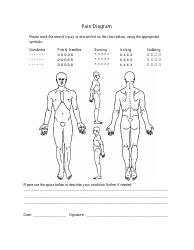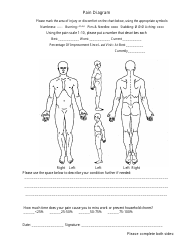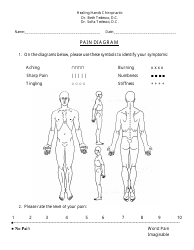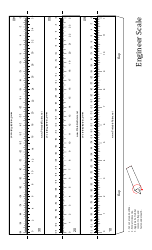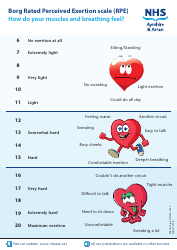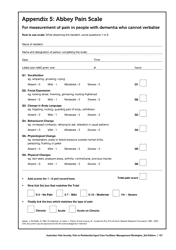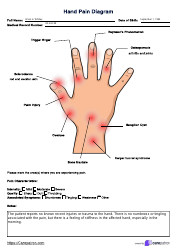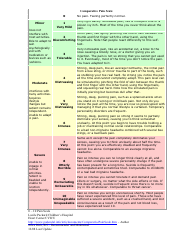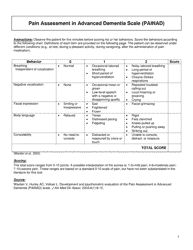Pain Diagram and Rating Scale
A Pain Diagram and Rating Scale is a valuable tool used in the medical field to assess a patient's pain level. The Pain Diagram portion typically refers to a body outline where patients can mark areas where they feel pain. The Rating Scale, often ranging from 0 (no pain) to 10 (worst imaginable pain), allows patients to qualify the intensity of their pain. These tools allow healthcare professionals to better understand a patient's symptoms, monitor the progress of a condition or the effectiveness of treatment, and provide more personalized care.
The Pain Diagram and Rating Scale is usually filed by a healthcare professional like a doctor or a pain management specialist, often in a clinical or hospital setting. This form is usually filled out by a patient under the guidance of a healthcare professional, based on the patient's experience of pain. The completed form provides vital information to the doctor about the type of pain, its location, intensity, and the impact on the patient’s daily life, helping to inform treatment decisions. This type of documentation is used in many countries including the USA, Canada, India, and Australia.
FAQ
Q: What is a pain diagram?
A: A pain diagram, also known as a body pain diagram or pain chart, is a tool used in the medical field to locate and understand a patient's pain. It is a simple line drawing of a human body where patients mark the areas they feel pain.
Q: What is a pain rating scale?
A: A pain rating scale is used to measure the intensity of a patient's pain. The most common types are numerical (rate pain from 0 to 10) and visual analog scale (VAS), where patients mark their pain level on a horizontal line.
Q: How is a pain rating scale used?
A: The pain rating scale is presented to the patient, and they are asked to select a value that best represents their current level of pain. This helps health care professionals to diagnose and monitor the effectiveness of pain treatments.
Q: What does a high score on a pain rating scale mean?
A: A high score on a pain rating scale typically indicates severe pain. For example, on a 0-10 pain scale, a score around 7-10 is usually considered severe pain.
Q: Can a pain diagram be used for all types of pain?
A: Yes, a pain diagram can be used for various types of pain, including muscle pain, joint pain, nerve pain, headaches, etc. It assists healthcare professionals in getting a clear idea of the pain distribution in the patient's body.
Q: How often should a pain rating scale be used?
A: The frequency of using a pain rating scale depends on the condition of the patient. For acute conditions, it might be used regularly, while for chronic conditions, it can be used during follow-up visits to monitor the progress of the pain.
Q: What are the limitations of the pain rating scale?
A: Pain rating scales can be subjective as they rely on patient self-reporting, and can also be influenced by various factors like mood, cultural background, and personal pain perception. Additionally, they may not be accurate in children or individuals with cognitive impairment.


